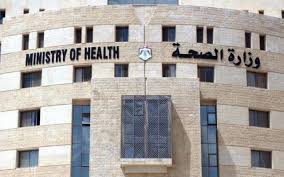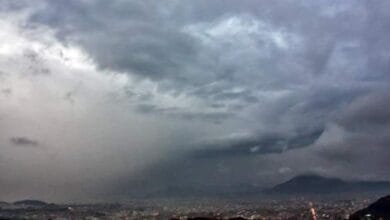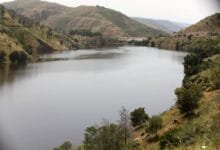
Umm al-Jimal City.. “A Black Oasis” in the middle of the desert that tells stories of civilizations and history
shahennews
In the Jordanian desert, 86 km from the capital Amman and four miles north of the road to Baghdad, lies the ancient city of Umm al-Jimal. This treasure and archaeological landmark tells stories and tales of civilizations that succeeded one another in the place. Umm al-Jimal was known by this name because of its commercial location in the desert, as it was an oasis and a station for commercial caravans traveling from the Hijaz to Damascus. The city of Umm al-Jimal was nicknamed the Black Oasis because it is rich in black volcanic basalt rocks, in addition to being built with these stones.
The Nabataeans built the city of Umm al-Jimal in the middle of the desert nearly 2,000 years ago to be a thriving agricultural center and a station on the caravan route from the Hijaz to Damascus. And to be the link between the roads of Palestine and Jordan with Syria and Iraq.
The area of the ancient city of Umm al-Jimal is 5,500 dunams, walled and has seven gates, including two military barracks. Umm al-Jimal is one of the ten cities in the Decapolis League, which was established during the time of the Greeks and Romans, and included ten cities in the area located at the junction of the borders of Jordan, Syria and Palestine. Its history dates back to the Nabataean-Roman-Byzantine era. This city was built in one of the ancient Nabataean settlements from black basalt bricks supported by rectangular basalt molds and flourished in the first century BC. It is believed that the Umayyads inhabited this city in large numbers. It seems that this city was exposed to an earthquake before the center of the caliphate moved from Damascus to Baghdad during the Abbasid Caliphate, which led to its gradual abandonment. During your tour around the city, you will see the remains of forts that contained many churches, large and small, and covered or uncovered water basins, in addition to the remains of a Roman military site. In addition to many water basins for private use, the reason for this is that the city of Umm al-Jimal is far from water sources. Some canals have recently been found to draw water from underground, which suggests that the residents of Umm al-Jimal obtained water by drawing it from distant places through these canals. The city contains many Byzantine church ruins, and an ancient mosaic was found representing the Jordan River and on its sides the cities and villages mentioned in the Bible. During the last three years, many important new archaeological sites have been discovered, most notably the Umayyad Mosque and the Church of St. Mary. The language of the inscriptions discovered in the city varies from Nabataean to Greek, Latin, Safaitic and North Arabic, and the presence of bilingual inscriptions in the same place indicates that some of the Arab tribes who lived in this city during the first centuries AD wrote in more than one script and language and also wrote bilingual inscriptions, as is evident from their writings.

















































































